Six years ago, Charlie Rowley discovered his partner, Dawn Sturgess, foaming at the mouth and convulsing in the bath of their flat in Amesbury in Wiltshire. Sturgess was rushed to hospital in Salisbury seven miles away but died a week later. Rowley became ill too but later recovered. Wiltshire’s emergency services personnel didn’t realise at the time, but they had once more been thrust into a crisis that had begun four months earlier in Salisbury with the attempted poisoning of a former Russian double agent.
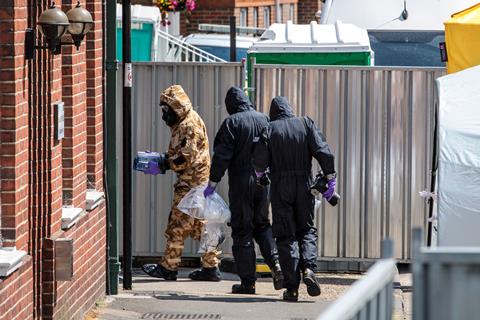
A public inquiry has now opened into the death of Sturgess. The inquiry, long delayed by the pandemic, will attempt to shed some light on the circumstances surrounding Sturgess’s death, who was responsible and if it could have been prevented.
The whole saga began in March 2018, when Sergei Skripal and his daughter Yulia were found unresponsive on a bench in Salisbury city centre. At first, more mundane explanations for their condition were considered such as a drug overdose. But it soon became clear that the two had been exposed to a nerve agent – the first time a chemical weapon of this kind had been used in the UK. Further investigation by government chemists revealed it belonged to the little-known family of ‘Novichok’ nerve agents, developed by the Soviet Union during the cold war.
Skripal and his daughter survived the assassination attempt, which the UK government determined had been orchestrated by the Russian state. The inquiry has already revealed that Sergei Skripal was lucky not to have died. Paramedics accidentally administered him with atropine, an antidote to nerve agent poisoning, rather than naloxone, which is used to reverse an opioid overdose. The attempt on the Skripals’ lives set off a hunt for the poisoners and a huge decontamination effort followed. Four months later, Rowley discovered a package of perfume in a charity bin, but he had no idea that the bottle he gave to his partner actually contained Novichok.
The inquiry has been uncovering how these events unfolded, but there are still some unanswered questions. Exactly which Novichok agent was used in the attack is still unknown. More worryingly, if the ‘perfume’ packaging containing the nerve agent had to be cut open, as Rowley stated, then it’s possible that this bottle was a backup. This means that the device that was used in the attack on the Skripals may still be out there somewhere, at risk of future discovery by an unwitting member of the public.
Events in Wiltshire have shown the public the central role chemists play when it comes to detecting and neutralising such threats. Unfortunately, with Russia’s growing hostility to the west over its financial and military support for Ukraine there’s a danger such weapons could be used again on the streets of Europe. The head of MI6 recently warned that the Russian security services had gone ‘feral’ with a variety of plots uncovered across Europe involving arson, bombings and assassinations. The better news is that with many of Russia’s spies expelled and its security services distracted by the war, many of the plots have been amateurish employing criminal elements or people at the fringes of society. However, the threat remains real. Europe could again find themselves facing these feared weapons and the public will see once more the vital role that chemists play protecting their societies.



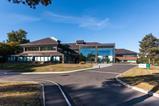
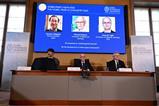
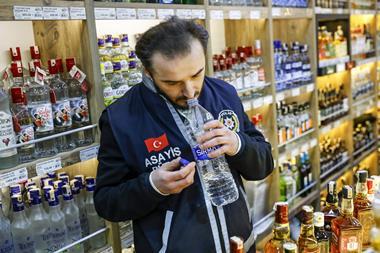


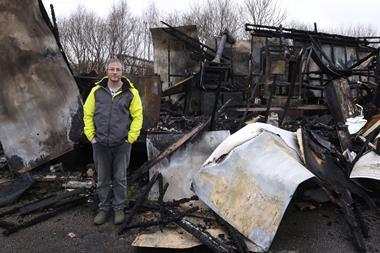
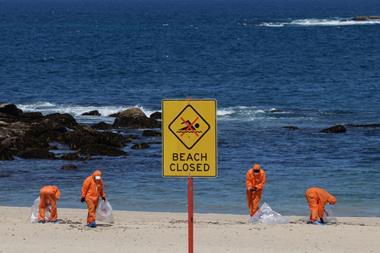
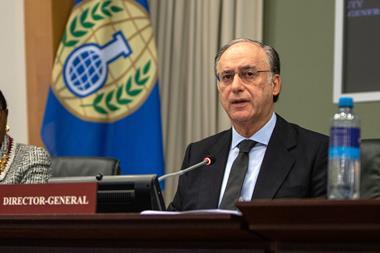






No comments yet